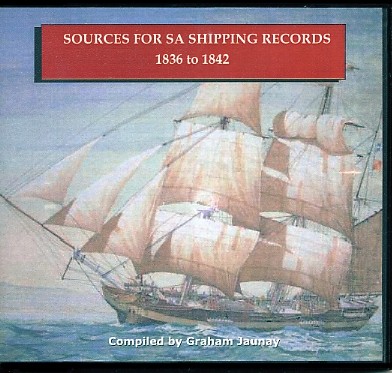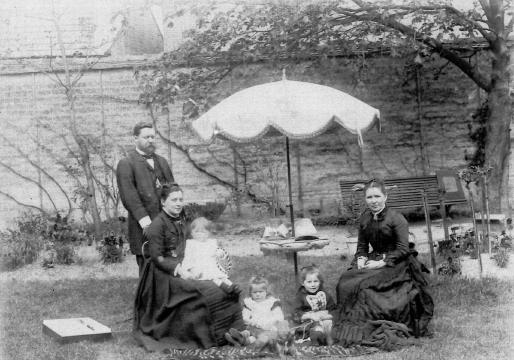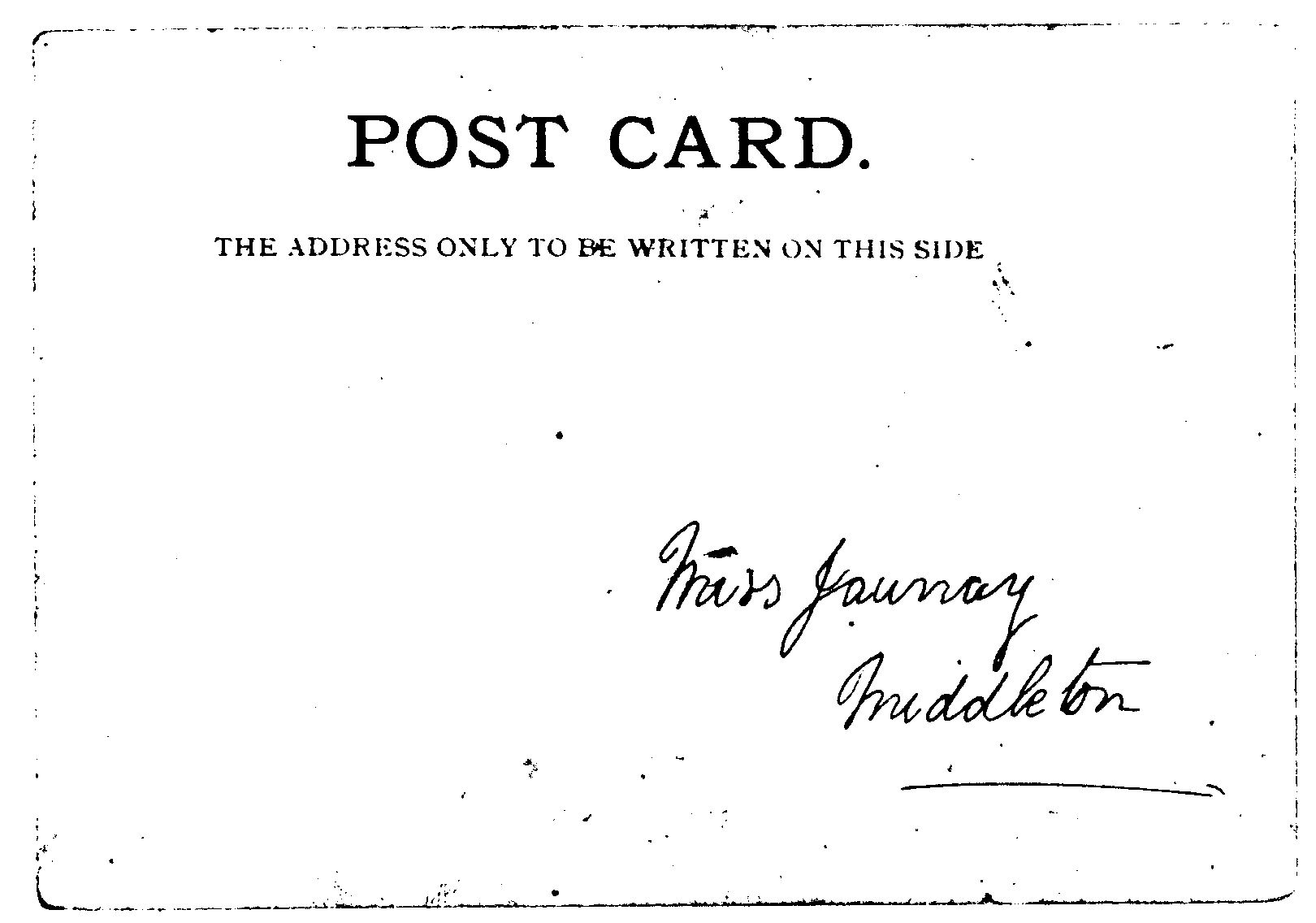News
April/May
seminars
14 Apr: Accessing the secondary research stream Flinders University at the State Library 9:30am - all day
28 Apr: Interpreting the record Flinders University at the State Library 9:30am - all day
9 May: Tracing your Scottish ancestors
WEA Centre Adelaide
6:30pm
12 May: Climbing the genealogy barriers Flinders University at the State Library 9:30am - all day
20 and 22 May: Walking
tour of Houghton (History Week event) 2:30pm—details in next newsletter
23 May: Introduction
to FH research (over 7 weeks with sessions of 1.5 hrs each) WEA Centre Adelaide
6:00pm
26 May: Pitfalls in Family History Fleurieu
Peninsula Family History Group Seminar Day from 10:00am (session
3)
LDS libraries
and Ancestry.com
Negotiations for free
public access to Ancestry.com to
be retained at many LDS
Libraries has broken down. The
Generations Network, Inc, the owner of Ancestry.com, MyFamily.com,
Rootsweb.com, Genealogy.com, and Family Tree
Maker, has released a
statement about recent negotiations with the Family History Centres
of the Church of Jesus Christ of Latter-day Saints.
The company is stopping the practice of giving free access to Ancestry.com
to all Family History Centres.
The only material to remain of interest to SA researchers will be the
indices for the ENG/WLS 1841 to 1891 censuses.
This decision will not affect the services offered by the State Library and SAGHS
for free public access to Ancestry.co.uk.
A number of readers will be aware that I am not a strong advocate for the material
offered by Ancestry.com that for obvious reasons I cannot outline in
this newsletter!
In this issue:
News
• April/May
seminars
• LDS libraries and Ancestry.com
• Video
• SA Shipping database
Delving
into old family photographs
![]()
Adelaide
Proformat
5 Windana Mews
Glandore SA 5037
Australia
Tel: +61 8 8371 4465
Fax: +61 8 8374 4479
proformat@jaunay.com
Services
• Research
• Drafting charts
• Locating documents
• Seminar presentations
• Writing & publishing
• SA lookup service
• Ship paintings
Video
For many years while waiting to give a seminar presentation I used to
display a funny poem about confused relationships. You can now enjoy
it set to music on U-Tube
SA Shipping
records database
 Sources
for SA shipping records 1836 to 1842 is a database designed to provide
the researcher with a collection of all the sources of records for each
voyage into SA waters in the one listing.
Sources
for SA shipping records 1836 to 1842 is a database designed to provide
the researcher with a collection of all the sources of records for each
voyage into SA waters in the one listing.
The period holds the most comprehensive listing of assisted arrivals
and the names of all the applicants including those who eventually did
not take up
the offer are included as a subsidiary database that can be searched in conjunction
with Sources for SA shipping records 1836 to 1842 or independently.
This production is the sixth CD in a proposed series of information databases
on the earliest days of the SA colony compiled by Graham Jaunay and is available
from Gould Genealogy.
Delving
into old family photographs
Following a brief introduction to the history of photography, we
will examine the common photographs of each decade of the nineteenth century
starting with the 1860s. There is little point in spending much time in
the previous two decades as very few of our ancestors could afford to indulge
themselves in the earliest photography and many examples of this early
era have not survived. Moreover there is little point in progressing far
into the twentieth century as the advent of the Brownie box camera, took
photography out of the hands of the professionals into the period of the
snap shot and relative anonymity when it comes to determining the origin
of a photograph. Thankfully most of us have memories that cover the bulk
of the twentieth century and if we make it our task to identify these photographs
now, our forebears will not face some of the problems we have had to contend
with!
When it comes to dating photographs of the nineteenth century, it is the
mount rather than the image that gives us the most assistance and that
is why photocopies of old photographs are of little help to the researcher.
Photography was a cut-throat business and proprietors just had to keep
up with the fashion and hence in the larger population centres we see the
latest technology in use. Of course the more remote regions did lag behind
but surprisingly even the smallest country photographer managed to keep
up with his big city counterparts.
Photographer’s studios were filled with aids to help produce that
better image. To prevent blinking ‘eye rests’ were used.
Looking into the background of an image will also assist in dating an old
photograph while the subjects themselves are often the least help. Most
people and especially our poorer ancestors could not afford to be slaves
to fashion and so while they are portrayed in their Sunday best, they are
likely to be dressed in out-of-date fashions. This trend increases with
the age of the subject. Young people are more likely to be in-tune with
the current fashion, whereas the elderly are more likely to be dressed
in clothes in which they feel comfortable! Probably the most evident example
of this can be seen in women’s hairstyles where most older women
settle for a style that suits their needs regardless of the current fashion!
To identify a photograph and thus date it requires the researcher to undertake
the following detailed examinations:
1. Determine the type of photograph.
2. Analyse the mounting board itself.
3. Examine the back of the mount for printed information.
4. Examine the composition of the image—the pose and background.
5. Review the costume of the subjects.
Step1: What kind of picture is it? Is it a carte de visite, cabinet print,
tintype, postcard, roll-film print? Is it something less common (eg ambrotype,
daguerreotype, opal print)?
• daguerreotype and calotype [from 1840 to 1860]
• ambrotype [from 1851 to 1880]These are rarely found as they predate most commercial photography, and were expensive. They are easily scratched and therefore usually presented in a glass fronted case or frame often in leather. They are faint but detailed.
The rarer calotype is very poorly defined and printed on paper. The earliest known photographs of SA are 4 calotypes (2—Burra Mine 2—North Parade Port Adelaide) in the Scottish National Portrait Gallery.
• carte de visite [from 1858, very common 1890s to WW1]Glass negatives printed as one-off positives by blacking one side with velvet or shellac. These were cheaper to produce and uncommon rather than rare. Usually found framed in brass or pinchbeck and in a case of leather, wood, papier machè or thermoplastic [from 1854].
• cabinet printAlbumen paper print mounted on a card, originally intended as illustrated calling cards that became the forerunner to cigarette cards with people collecting famous people and as a consequence also brought about the photo album.
 [from 1866 common 1890s to WW1]
[from 1866 common 1890s to WW1]
A larger version of the carte de visite mounted on a card for framing and sitting on the mantle.
• tintype [from 1856 to 1940s]
• postcard [USA from 1887; UK from 1894]Very cheap poor quality reversed pictures on a thin sheet of iron and thus popular and able to be used by itinerant photographers rather than studios. Usually mounted in an embossed paper frame but not covered with glass.

Picture postcards were introduced according to relaxation of postal rules. They were slightly smaller than today’s versions.• roll-film print [from 1889]
• novelty printsPre 1900 examples are rare, small and are round or square. 101 film was introduced to the public in July 1895 and produced an image 3.5" square. It remained available until 1956.
The No 2 Kodak (pictured) 1889–1897 had to be returned to have the film processed. From WW1 127 film was introduced.
The most obvious feature of these photos is the outdoor casual locations.
Stereo [from 1852, common 1860s, 1870s, 1890s]
Promenade prints [from 1875]
Patent Diamond Cameo [from 1864]
Mosaics and panoramas [from 1865]
Ivorytype [from 1855]
Opal glass prints [from 1865 to 1900]
To be continued.
Note: All photographs displayed except the daguerreotype are from the family albums of Graham Jaunay.